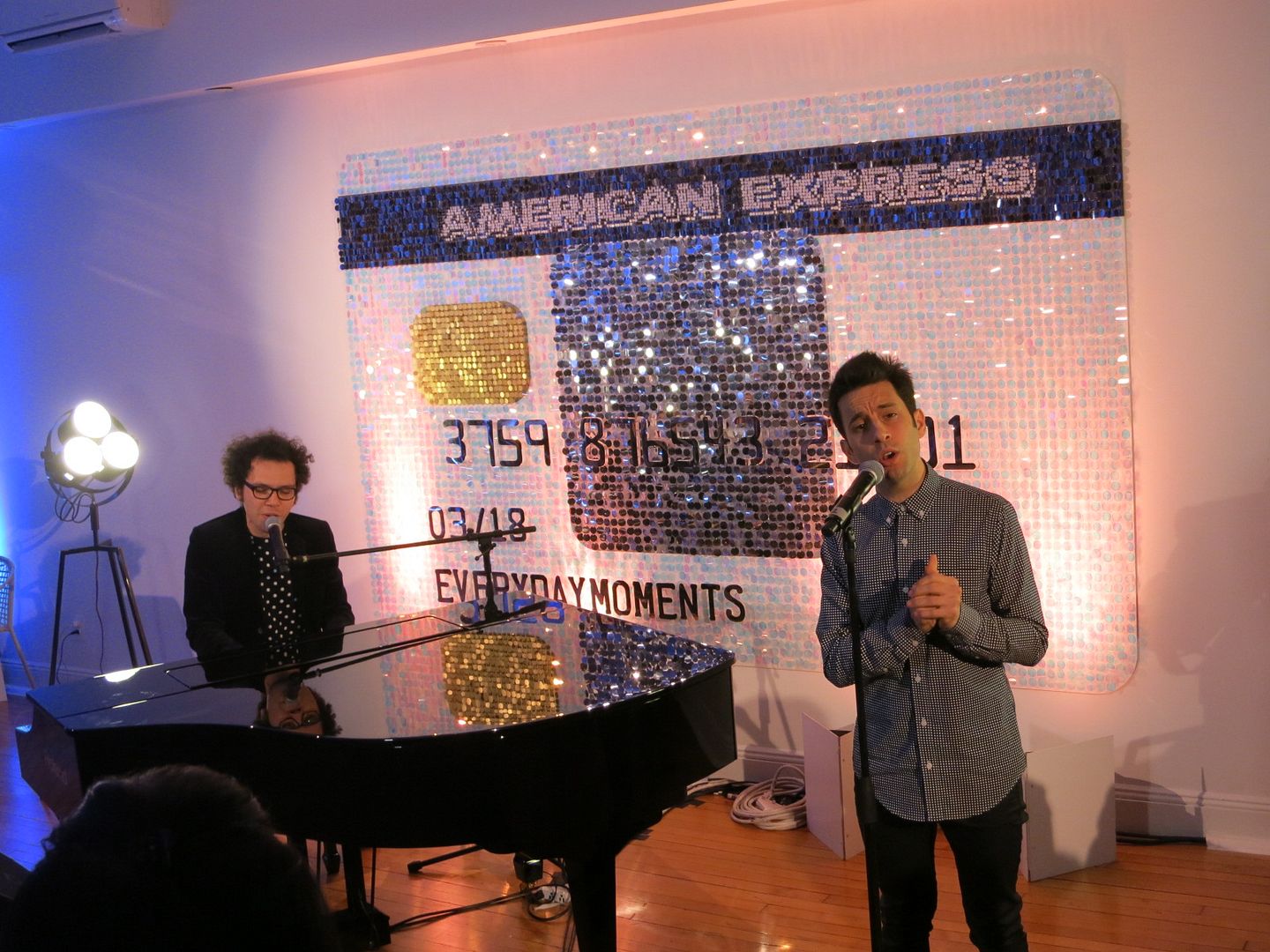The Wall Street Journal reports on the shifting business focus of American Express and the rise of Bluebird.
American Express was traditionally an issuer of charge (not credit) cards and its customer base especially affluent. That’s changing.
“I always figured AmEx was for more well-off people, but if they are extending their hand to people who are less well off, it’s OK by me,” says Mr. Rodriguez, who lives in Denton, Texas, about 40 miles from Fort Worth.
AmEx once boasted a customer base that was the envy of the industry, with its iconic green charge cards and lavish perks. But growing competition for affluent customers from issuers like J.P. Morgan Chase & Co. is driving the New York company to court consumers with a card it pitches as an alternative to checking accounts for people who don’t use banks or want a cheaper option.
Amex Everyday and Bluebird are forays into whole new worlds for American Express. Here’s what they mean.
Bluebird is a Genuine Advance
Bluebird is better public policy than most financial reforms ever could be. It isn’t just a product for consumers unhappy with bank fees, it’s a tremendous product for the unbanked. And that makes it good for the world.
It’s a no or low cost banking solution that puts accounts in the hands of people who can’t otherwise access banks. I
t replaces check cashing stores. It has the potential to bring an entire section of the country into the banking system that’s been otherwise shut out (or if they’ve had access to financial products, it’s been costly ones, only marginally better than check cashing stores).
In many ways Bluebird is a poverty-fighting tool from a public policy perspective, and a convenience, money, and time saver for large groups of people.
American Express is Changing its Core Customer Focus In Other Ways, Too
The Amex Everyday products turn out to be the best Membership Rewards-earning cards, the basic version is the best no fee card out there (it’s the only no fee card whose points transfer 1:1 into a wide variety of airlines) and the premium version is the strongest Amex points earn card (besting, in my view, even Premier Rewards Gold).
And yet the strength of the rewards portion of this product, as it relates to travel, seems like it may be an offshoot or unintended consequence of how the product was built.
The card is called Amex, not American Express. There’s no Centurion on the card anywhere; too masculine. Ladies, this is not your father’s American Express card!

This is for busy families making small purchases all day long all over town. And it lets you revolve a balance if you need to (please don’t).

The target here is a different focus for American Express. It’s not affluent older white males who travel for work. It’s women with families stretching their dollar, and they can get something back with rewards if they make this their ‘Everyday’ card.
At least that’s the marketing.
As a soon-to-be older white male, and a business traveler, I’m just glad this appears to represent an expansion of American Express’ focus rather than a shift, see for instance the development of their own branded airport lounge network.
Also that the products they’ve developed for new markets, like Amex Everday and Bluebird, have great utility for frequent flyer enthusiasts.
And finally that even as Amex focuses on markets that aren’t me, I still get hugged by Kristen Bell at Amex events.

Bluebird is a Product of and a Solution to the Unintended Consequences of Regulation
American Express is reaching a large group of consumers not previously a part of their business. Walmart has desperately wanted to get into the banking business for years. The Walmart co-branding tells you about the customer base. But it’s actually a quirk of regulation that gives American Express its competitive advantage.
The Durbin amendment to Dodd Frank financial reform severely limits interchange fees on debit cards. That means banks really don’t make money on their use anymore, and in fact the interchange fee is legally required to be set at a level that they don’t.
That’s made checking account products less profitable, or loss leaders even, something banks only want to offer as a way of building their own liquidity and when customers are otherwise profitable through other products. And those other products now don’t include debit card use.
So checking account fees have gone up, minimum activity requirements (like payroll direct deposit) have gone up, and more people have been pushed outside of the traditional banking system.
That means the Bluebird opportunity is even bigger. And at the same time, American Express — like other issuers of ‘prepaid’ products (as opposed to checking products) — is not subject to the same Durbin amendment interchange caps.
Thus the profitability of pushing more transactions through the American Express network allows the card issuer to offer several – sorely needed – services in order to attract those funds and those charges.
Through a quirk of regulation a big problem has gotten bigger, but American Express has found a potential solution and provides a rich offering.
In this way, Bluebird isn’t just a tool for frequent flyers to make gift cards liquid again. Although I like that it is that, too.
- You can join the 40,000+ people who see these deals and analysis every day — sign up to receive posts by email (just one e-mail per day) or subscribe to the RSS feed. It’s free. You can also follow me on Twitter for the latest deals. Don’t miss out!


You aren’t older!
The downside is that many stores still won’t accept Bluebird… because it’s an Amex product. What that means for me is that I can’t count on Bluebird to be my debit card. (It’s been refused at 3 stores I went to last week. Luckily I have other cards.) What that means for “the unbanked” is that they’ll need to ask prior to shopping if each store accepts their card. Hassle.
Have you seen Spent? (http://www.youtube.com/watch?v=YAxL4TB6pmQ) It’s a 40-minute documentary about how people outside the traditional banking system are basically getting screwed, and it’s financed by American Express. Looks like they’re pushing pretty hard into the unbanked market.
psssh that ain’t no hug.
“growing competition for affluent customers from issuers like J.P. Morgan Chase & Co. is driving the New York company to court consumers with a card it pitches as an alternative to checking accounts”
I wish they’d just compete back and turn MR back into the class of the reward industry.
Amex has been trying to change its brand perception for years, starting with the Blue cards, as well as the various charge cards (Zync, NYC, theKnot) targeted the younger demographics that just didn’t take hold.
To a degree somebody might look at this and think that Amex hopes to pick some of there people up as cardholders at some point. Frankly I don’t think that is the goal here. I think Walmart has a special relationship with Amex. maybe lowered merchant fees or something g else. Walmart wants the foot traffic and they want more sales per store. I think the success of this will be measured by how many customers they have and if walmart Sees business from these card holders.
There are many who are unbanked bit there is not money to be made on these customers other than various fees. Bluebird has a different go in mind. I never thought that being Amex many places don’t take it. That is a negative for many. Of course many frequent milers are using bluebird for different things